Two friends
Words Sean Stillmaker
The word, Dostojee, has no official Bengali dictionary term. It’s simply a slang expression used in rural environments to describe an endearing friendship. And so from the opening of the film, Dostojee, is defined as such and translated for western audiences as “Two Friends.”
Certainly true in two-dimensions: Two Friends is a concise binary summary, appropriate as the title for this 2021 film, but it can also very much describe the relationship between cast and crew, many of whom this is their first time ever working on a film and could only have achieved this feat through the everlasting love of friendship.
“After writing this script, I was looking for a producer for three years,” says director Prasun Chatterjee who is making his feature directorial debut. “Nobody was interested; I was rejected every time. In India, they want to hear your story: ‘first they will ask who’s in your mind, who’s going to star?’ Then, ‘where and how are you going to shoot the song and dance sequence?’ But I have to accept this is the system.”
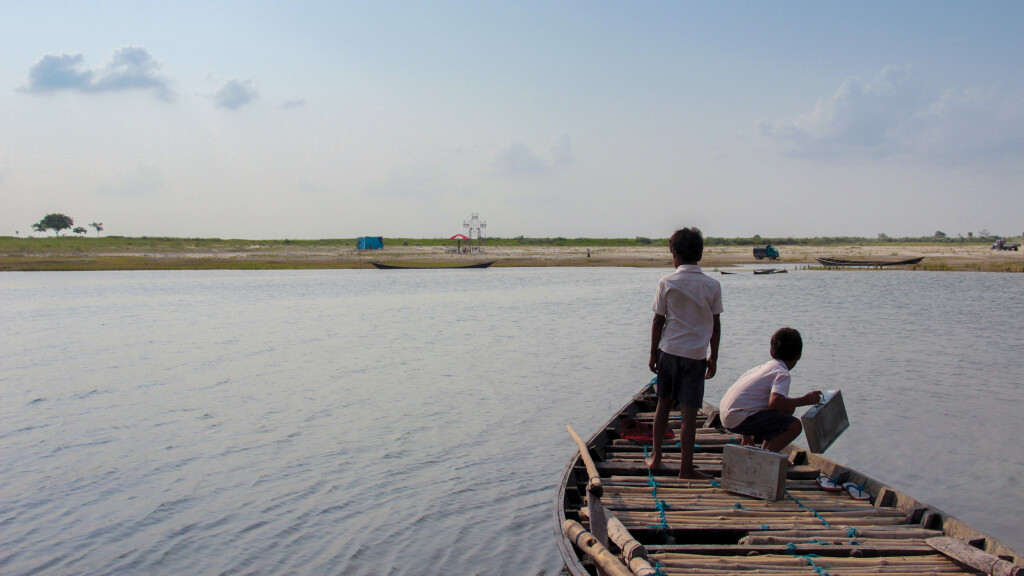
When one thinks of cinema in India, they think of Bollywood with its output consisting of musical numbers tied to the film to cross-market with the music industry. Although Bollywood is the epicenter of the Indian film industry, responsible for producing an average 1,200 films per year (nearly double of Hollywood), but these films are predominately made in the Hindi language (accessible for the widest of domestic audiences).
Prasun completed the first draft of Two Friends in 2013 that would be delivered in the Bengali language and did not consist of any background music, other than what is heard on a radio or emanating from a distance, which the characters pass through. To add another challenge, it was also integral that he filmed it far away in West Bengal rather than around Bollywood in Mumbai. Nevertheless, Prasun persevered for nearly a decade to bring this personally connected story, and globally accessible narrative, to the screen.
Two Friends is an earnest coming-of-age story between two, 8-year-old boys who are next door neighbors in a remote village of West Bengal, one of India’s 28 states sitting eastward bordering Bangladesh. The story is set between 1992-93 in the aftermath of the Babri Mosque demolition and Bombay bombings.
Although these factual incidences occurred in a 2+ hour flight time away from West Bengal, they very much sent shockwaves throughout the country of approximately 1 billion people, creating a wider gap between Hindus and Muslims, even in the most rural of environments.
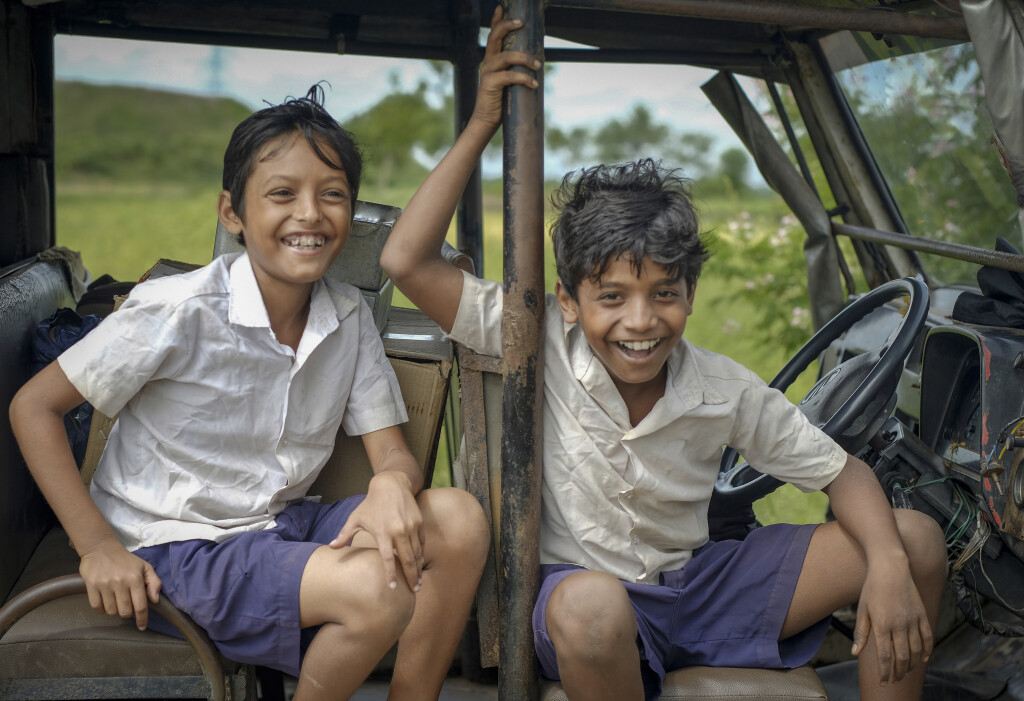
These real-life effects are the background of Two Friends, and illuminate the foreground through subtext. The two friends are Palash, son of a Hindu Brahmin, and Safikul, son of a Muslim weaver. The boys are two neighbors who come from families strongly differentiating their religious beliefs, and physically dividing themselves by a bamboo-made fence, but regardless of these adult-like constructs, the boys platonically love each other with a friendship that cannot be contained by societal or parental-made barriers.
Of course to complete this film and make its world premiere at the 2021 BFI London Film Festival, there were barriers the filmmakers had to overcome. Prasun dealt with financial deals collapsing and crowdfunding campaigns falling short before he met producer Prosenjit Ranjan Nath through a mutual friend.
“His intention was pure,” Prosenjit says upon his initial meetings with Prasun. “I’m a businessman, so I can feel something when someone wants to do something,” he says of his gut instinct. Prosenjit made his career in the Kolkata tech industry that offers business solutions to enterprises engaged in digital development and marketing.
Altough Prosenjit did not have any prior filmmaking experience, he was keen to see the blueprint, Prasun vividly recalls over a double espresso at London’s Mayfair Hotel.
“I just wanted to see if there is a script or not,” Prosenjit says sitting across from Prasun in our interview.
“He made a small trailer for the film,” says Prosenjit of his initial introduction to the material. “Somehow, I loved the concept and wanted to meet the director, I wanted to read the script… [Prasun] said he was a first time writer and did not know anything about writing a script… then I said, ‘ok, I can join you, because of the way he was telling the story was so pure…”
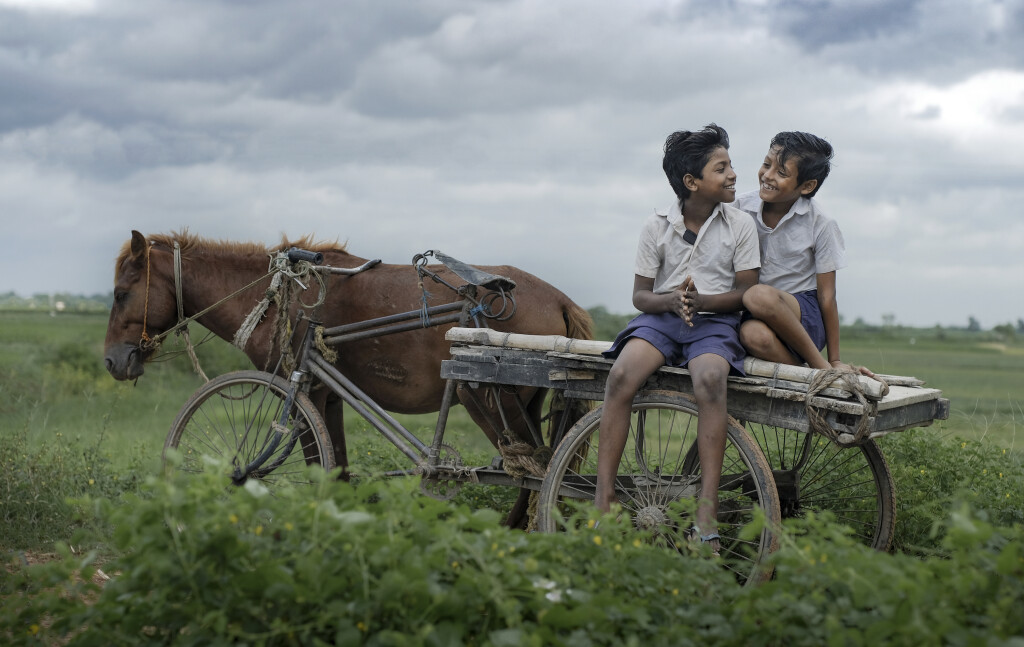
With the structure in place, the next most critical step in building was finding the protagonists of the film. Both characters of Palash (played by Asik Shaikh) and Safikul (played by Arif Shaikh) were portrayed by non-actors from under-privileged backgrounds.
“The boys were used to signing off for the day by 8pm,” Prasun writes in the film diary. “It was becoming very difficult for them to stay awake with full energy for prolonged night schedules. We used to put them to sleep, when they did not have scheduled shots, then again, we would wake them up some time before the shot, make them gear up and then proceed.”
One of such instances in the film is a scene where the boys use an innovative technique with a homemade adhesive to catch fireflies at night, applied to cone-like hats that they then wear to emulate knights, and then have a sword fight in the moonlight.
And so, that is very much the essence of Two Friends. We see Palash and Safikul going to markets, visiting a fair, building sandcastles, playing hooky from school and scheming together on how not to do homework. This is a boy’s life.
As time passes religion seeps through from the parents whether that be Hindu prayers at dinner or Safikul gifting Palash some shemai (a sweet dessert) during Eid. For the boys, religious customs is just something their parents make them do, they much rather be out playing.
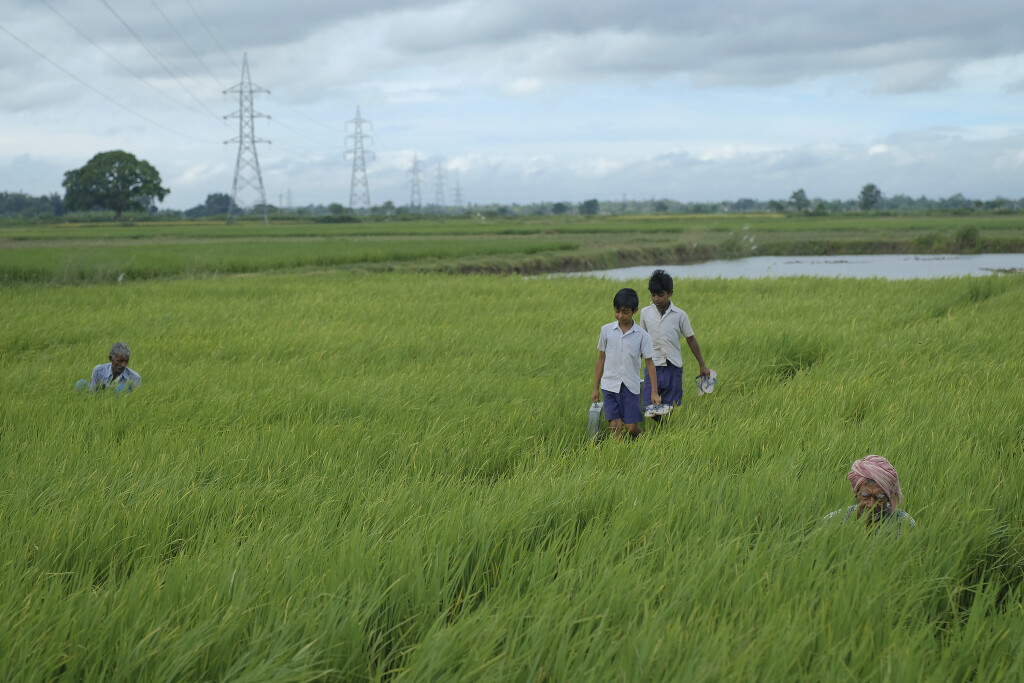
The narrative of Two Friends is loosely based off the life experiences of Prasun. He comes from a refugee family residing in suburban Kolkata. After losing everything in the communal riots between Hindus and Muslims, his family immigrated to India from East Pakistan (now Bangladesh). His uncle was killed in those riots, which is a trauma Prasun’s grandfather never recovered.
“I knew my grandmother had a deep mistrust for the opposite community, but I didn’t hear a single sentence of communal discrimination from my parents,” Prasun writes. “Maybe they also had some scars in their minds, but they didn’t want to inject those thoughts in my little veins.”
In the film, when tragedy befalls on one of the boys, it is an emotional thrust that then propels the narrative on a new path, but it is another element also from Prasun’s past. Growing up, his closest friend sadly passed away from cancer when they were young. The essence of what we then see in the film, “this is the feeling of my personal loss,” Prasun says.
Before the tragedy occurs, the boys catch a caterpillar in order to see it grow into a butterfly. The symbolism of transformation or even reincarnation is touching, but the metamorphosis we see in the film was truly captured by movie magic.
There is no CGI nor was any sort of prop used. The caterpillar into a butterfly was real. During production, they had three butterflies. One flew away, one passed away and the one we see in the film was black with white polka dots. The color was unexpected, but accentuates the film beautifully as the black butterfly is a symbol of transformation and death.
Now that the film is out in the world, what impact its message of love and harmony between religions remains to be seen, but what is certain is that we need more messages like this.
Related Reading




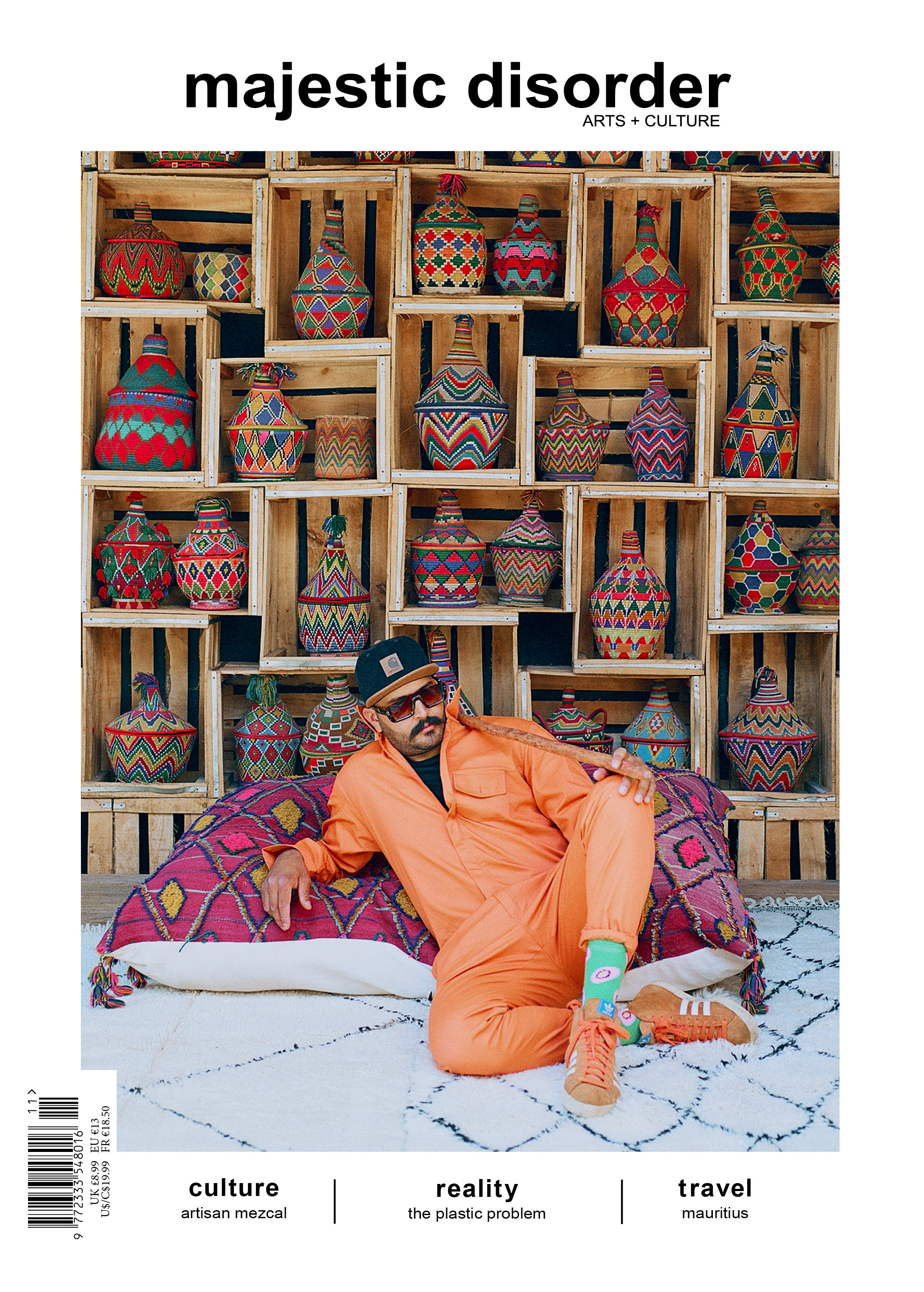
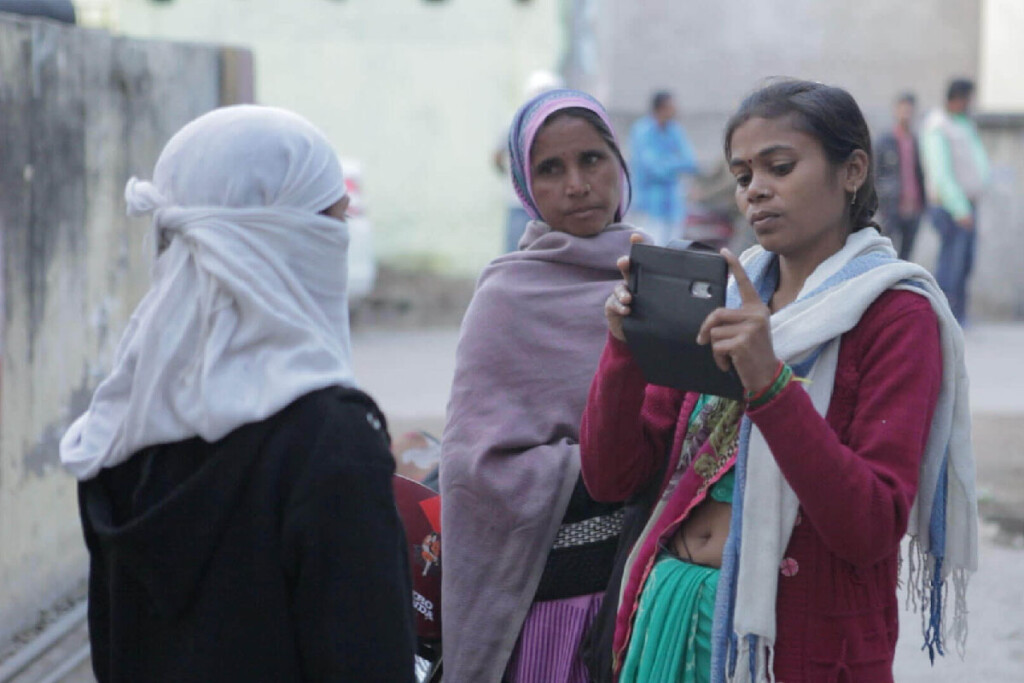
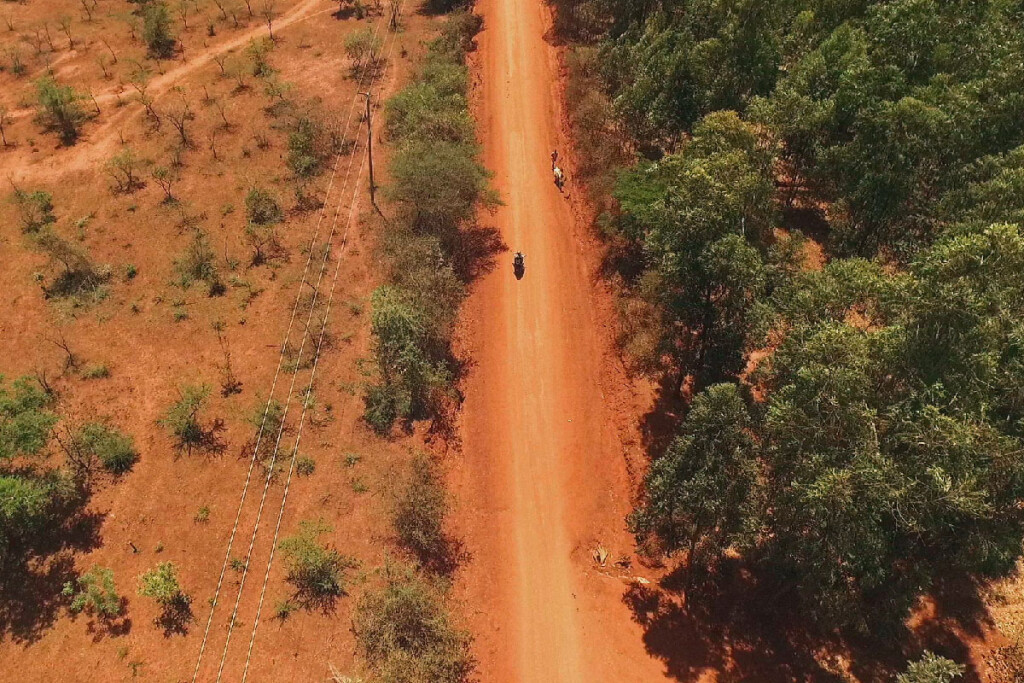
 @majesticdisorder
@majesticdisorder